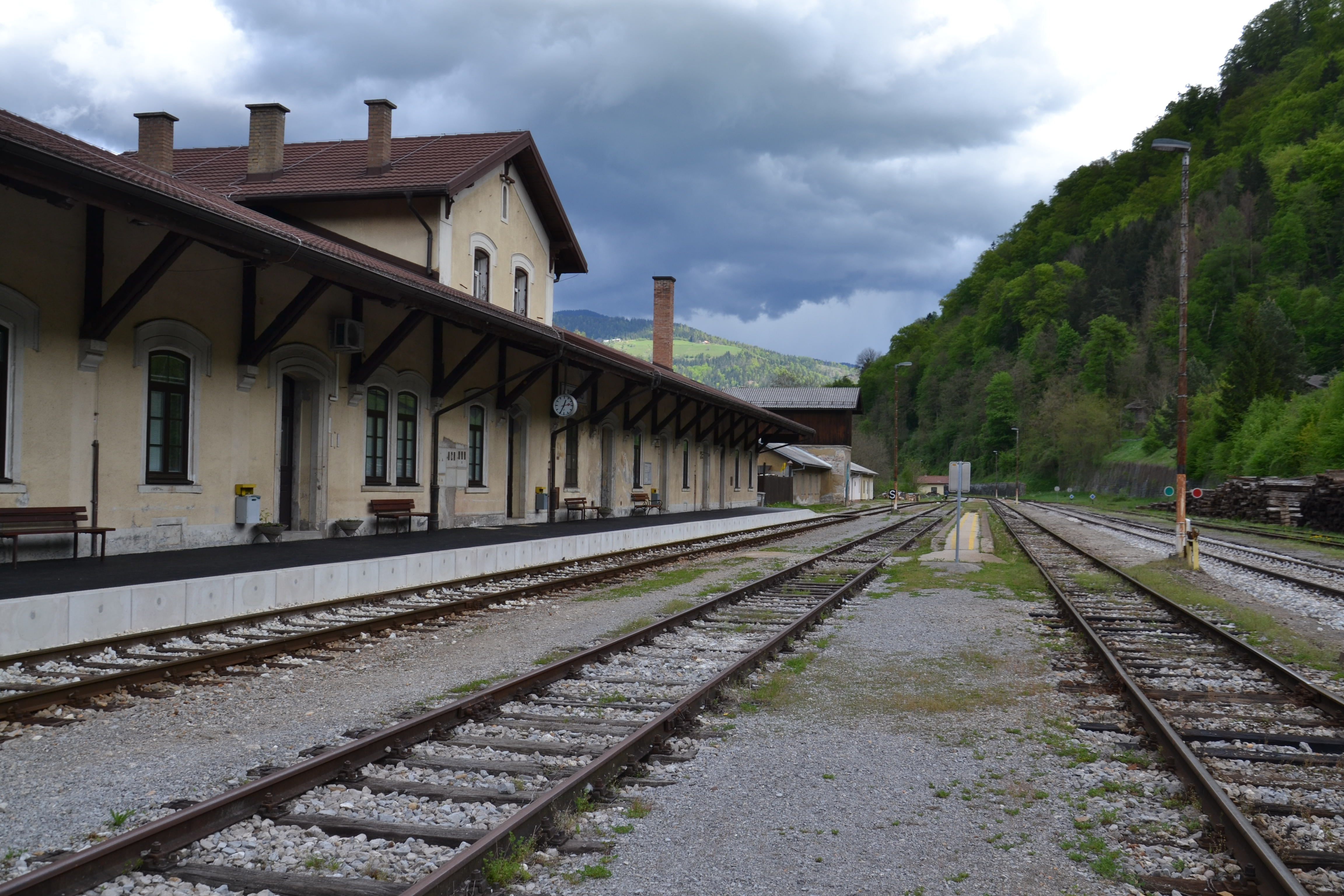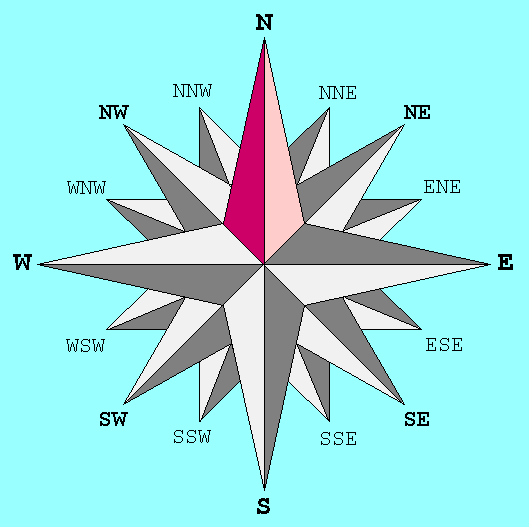|
Drava Valley Railway
The Drava Valley Railway (German: ''Drautalbahn'') is an east–west railway running along the Drava. It runs from Maribor (where it connects with the Spielfeld-Straß–Trieste railway, formerly part of the old Southern Railway—''Südbahn'') to Innichen, where it merges into the Puster Valley Railway (German: ''Pustertalbahn''; Italian: Ferrovia della Val Pusteria) to Franzensfeste (Fortezza). It starts in northern Slovenia, crosses Carinthia and East Tyrol and ends in South Tyrol. The Klagenfurt– Bleiburg section has been rebuilt as part of the Koralm Railway, which follows the Jaun Valley Railway (''Jauntalbahn'') from Bleiburg. Like the rest of the line in Slovenia, this section of the line has one track and is unelectrified. History The line now called the Drava Valley Railway consists of the Carinthian Railway (Maribor– Villach), the original Drava Valley Railway (Villach–Lienz) and the eastern part of the original Puster Valley Railway (which extended from L ... [...More Info...] [...Related Items...] OR: [Wikipedia] [Google] [Baidu] |
15 KV AC Railway Electrification
Railway electrification systems using at are used on transport railways in Germany, Austria, Switzerland, Sweden, and Norway. The high voltage enables high power transmission with the lower frequency reducing the losses of the traction motors that were available at the beginning of the 20th century. Railway electrification in late 20th century tends to use AC systems which has become the preferred standard for new railway electrifications but extensions of the existing networks are not completely unlikely. In particular, the Gotthard Base Tunnel (opened on 1 June 2016) still uses 15 kV, 16.7 Hz electrification. Due to high conversion costs, it is unlikely that existing systems will be converted to despite the fact that this would reduce the weight of the on-board step-down transformers to one third that of the present devices. History The first electrified railways used series-wound DC motors, first at 600 V and then 1,500 V. Areas with 3 kV ... [...More Info...] [...Related Items...] OR: [Wikipedia] [Google] [Baidu] |
Lienz
Lienz (; Southern Bavarian: ''Lianz'') is a Town privileges, medieval town in the Austrian state of Tyrol (state), Tyrol. It is the administrative centre of the Lienz (district), Lienz district, which covers all of East Tyrol. The municipality also includes the Katastralgemeinden, cadastral subdivision of ''Patriasdorf''. Geography Lienz is located at the confluence of the rivers Isel River, Isel and Drava in the Eastern Alps, between the Hohe Tauern mountain range in the north (including the Schober group, Schober and Kreuzeck groups), and the Southern Limestone Alps, Gailtal Alps in the south. It is connected with Winklern in Carinthia (state), Carinthia by the Iselsberg Pass. The neighbouring municipality of Leisach marks the easternmost point of the Puster Valley. By the consistent growth of the city, some smaller villages around – though officially municipalities in their own right – are now widely considered to be suburbs of Lienz. Those suburbs comprise: History The ... [...More Info...] [...Related Items...] OR: [Wikipedia] [Google] [Baidu] |
Lavant Valley Railway
Lavant may refer to: *Lavant, Tyrol, Austria, a municipality * Lavant, West Sussex, a civil parish ** Lavant railway station **Lavant (ward) *River Lavant, West Sussex, the winterbourne after which the village is named *Lavant (river), Carinthia, Austria ** Lavant viaduct, a motorway bridge over the river * Lavant, Ontario, Canada, a community in the township of Lanark Highlands *Roman Catholic Diocese of Lavant, a former bishopric, suffragan of the Prince-archbishop of Salzburg *Christine Lavant (1915-1973), Austrian poet and novelist * Denis Lavant (born 1961), French actor See also * Levant The Levant () is an approximate historical geographical term referring to a large area in the Eastern Mediterranean region of Western Asia. In its narrowest sense, which is in use today in archaeology and other cultural contexts, it is ..., a region in the Middle East * Levant (other) {{Disambig, geo ... [...More Info...] [...Related Items...] OR: [Wikipedia] [Google] [Baidu] |
Tarvisio
Tarvisio (German and fur, Tarvis, sl, Trbiž) is a comune in the northeastern part of the autonomous Friuli Venezia Giulia region in Italy. Geography The town is in the Canal Valley (''Val Canale'') between the Carnic Alps and Karawanks ranges in the north and the Julian Alps in the south. Located at the border with both Austria and Slovenia, Tarvisio and its neighbouring municipalities of Arnoldstein and Kranjska Gora form the tripoint of Romance, Germanic and Slavic Europe. The height west of the town centre marks the watershed between the Slizza creek, a tributary of the Gail River which is part of the Danube basin and the Fella River, a tributary of the Tagliamento discharging into the Adriatic Sea. Tarvisio together with the rest of the Canal Valley was part of Austria until 1919. Tarvisio has access to the ''A23 Alpe-Adria'' autostrada, part of the European route E55, running from the Austrian '' A2 Süd Autobahn'' to Udine, and the A4 autostrada at Palmanova. The Tarv ... [...More Info...] [...Related Items...] OR: [Wikipedia] [Google] [Baidu] |
Rudolf Railway
The Rudolf Railway (German: ''Rudolfsbahn'') refers to a railway in Austria connecting Amstetten and the Italian border near Tarvisio, along with a branch from Kastenreith to St. Valentine. Its name is derived from the ''k.k. priv. Kronprinz Rudolf-Bahn Gesellschaft'' ( Imperial–royal, "privileged"—by the grant of a concession—Crown Prince Rudolf Railway Company, ''KRB''). The main line, which was opened from 1868 to 1873, ran on the St. Valentin–Kastenreith––Selzthal– Schoberpass– St. Michael– Neumarkt saddle– St. Veit an der Glan–Feldkirchen in Kärnten–Villach– Tarvisio Centrale route. The section of the line within the current borders of Italy now runs over the new Tarvisio–Udine railway (opened in November 2000) through . It replaced a very windy route to Udine that originally formed part of the Rudolf Railway. History The Rudolf Railway formed the third north–south Alpine crossing in Austria along with the Southern Railwa ... [...More Info...] [...Related Items...] OR: [Wikipedia] [Google] [Baidu] |
Rosen Valley Railway
The Rosen Valley Railway (German: ''Rosentalbahn'') is a mainly Austrian railway that runs from Sankt Veit an der Glan via Klagenfurt and Rosenbach to in Slovenia. The section between Rosenbach and Jesenice through the Karawanks Tunnel is part of and international long-distance route between Salzburg and Zagreb. The railway line is operated by the ÖBB (Austrian Federal Railways). Traffic between Weizelsdorf and Rosenbach was suspended at the commencement 2016/17 timetable change. The line was sold to the state of Carinthia. NBIK heritage trains have been running between Weizelsdorf and Feistritz since the summer of 2020. History Iron was worked from the 16th century in the agricultural Rosen valley (''Rosental'', part of the valley of the Drava), in the area of Feistritz im Rosental and there were iron works in Ferlach as well. When the Austrian Southern Railway Company (''Südbahn-Gesellschaft'') connected Carinthia to the railway network with the Carinthian Railway (''K ... [...More Info...] [...Related Items...] OR: [Wikipedia] [Google] [Baidu] |
Austria-Hungary
Austria-Hungary, often referred to as the Austro-Hungarian Empire,, the Dual Monarchy, or Austria, was a constitutional monarchy and great power in Central Europe between 1867 and 1918. It was formed with the Austro-Hungarian Compromise of 1867 in the aftermath of the Austro-Prussian War and was dissolved shortly after its defeat in the First World War. Austria-Hungary was ruled by the House of Habsburg and constituted the last phase in the constitutional evolution of the Habsburg monarchy. It was a multinational state and one of Europe's major powers at the time. Austria-Hungary was geographically the second-largest country in Europe after the Russian Empire, at and the third-most populous (after Russia and the German Empire). The Empire built up the fourth-largest machine building industry in the world, after the United States, Germany and the United Kingdom. Austria-Hungary also became the world's third-largest manufacturer and exporter of electric home appliances, ... [...More Info...] [...Related Items...] OR: [Wikipedia] [Google] [Baidu] |
Suedbahn 1899 Karte Muerzzuschlag-Marburg
The Southern Railway (german: Südbahn) is a railway in Austria that runs from Vienna to Graz and the border with Slovenia at Spielfeld via Semmering and Bruck an der Mur. Along with the Spielfeld-Straß–Trieste railway (lying largely in Slovenia), it forms part of the Austrian Southern Railway that connected Vienna with Trieste, the main seaport of the Austro-Hungarian Monarchy, via Ljubljana. A main obstacle in its construction was getting over the Semmering Pass over the Northern Limestone Alps. The twin-track, electrified section that runs through the current territory of Austria is owned and operated by Austrian Federal Railways (ÖBB) and is one of the major lines in the country. History *1829: Austrian railway pioneer Franz Xaver Riepl proposed a railway connection from Vienna to the Adriatic Sea, bypassing the Eastern Alps and running via Bruck an der Leitha, Magyaróvár and Szombathely (through the west edge of Hungary, avoiding the Alps), and then Maribor and L ... [...More Info...] [...Related Items...] OR: [Wikipedia] [Google] [Baidu] |
Creditanstalt
The Creditanstalt (sometimes Credit-Anstalt, abbreviated as CA), full original name k. k. priv. Österreichische Credit-Anstalt für Handel und Gewerbe (), was a major Austrian bank, founded in 1855 in Vienna. From its founding until 1931, the Creditanstalt was led by members of the Rothschild family, who were among its significant shareholders. Its historically consequential failure in 1931 led to a merger engineered by the Austrian government in 1934, in which it combined with the Wiener Bankverein and the sound parts of the Niederösterreichische Escompte-Gesellschaft to form Österreichische Creditanstalt - Wiener Bankverein, later abbreviated to Creditanstalt-Bankverein. The latter came under the control of Deutsche Bank following the Anschluss in 1938, was nationalized in 1945, and was eventually acquired in 1997 by Bank Austria to form Bank Austria-Creditanstalt, since 2005 a subsidiary of UniCredit. UniCredit phased out the Creditanstalt brand in 2008. Foundation and d ... [...More Info...] [...Related Items...] OR: [Wikipedia] [Google] [Baidu] |
Gorizia
Gorizia (; sl, Gorica , colloquially 'old Gorizia' to distinguish it from Nova Gorica; fur, label= Standard Friulian, Gurize, fur, label= Southeastern Friulian, Guriza; vec, label= Bisiacco, Gorisia; german: Görz ; obsolete English ''Goritz'') is a town and ''comune'' in northeastern Italy, in the autonomous region of Friuli Venezia Giulia. It is located at the foot of the Julian Alps, bordering Slovenia. It was the capital of the former Province of Gorizia and is a local center of tourism, industry, and commerce. Since 1947, a twin town of Nova Gorica has developed on the other side of the modern-day Italy–Slovenia border. The region was subject to territorial dispute between Italy and Yugoslavia after World War II: after the new boundaries were established in 1947 and the old town was left to Italy, Nova Gorica was built on the Yugoslav side. The two towns constitute a conurbation, which also includes the Slovenian municipality of Šempeter-Vrtojba. Since May 2011, the ... [...More Info...] [...Related Items...] OR: [Wikipedia] [Google] [Baidu] |
Brixen
Brixen (, ; it, Bressanone ; lld, Porsenù or ) is a town in South Tyrol, northern Italy, located about north of Bolzano. Geography First mentioned in 901, Brixen is the third largest city and oldest town in the province, and the artistic and cultural capital of the valley. It is located at the confluence of the Eisack and Rienz rivers, north of Bolzano and south of the Brenner Pass, on the Italy-Austrian border. It is flanked on the eastern side by the Plose and Telegraph (Monte Telegrafo) mountains (2,504 m) and on the western side by the Königsanger (Monte Pascolo) (2,436 m) mountain. Brixen is especially known as a major skiing resort (the Plose). Other activities include hydroelectric power, orchards, and vineyards. ''Frazioni'' ''Frazioni'' / incorporated villages: Afers (Eores), Albeins (Albes), Elvas, Gereuth, Karnol, Klerant (Cleran), Kranebitt (Costa d'Elvas), Mahr (La Mara), Mairdorf, Mellaun (Meluno), Milland, Pairdorf (Perara), Pinzagen (Pinzago), Plabach, Rutz ... [...More Info...] [...Related Items...] OR: [Wikipedia] [Google] [Baidu] |



.jpg)
.jpeg/1200px-Creditanstalt%2C_Wiener_Zeitung%2C_November_7%2C_1855_(1).jpeg)